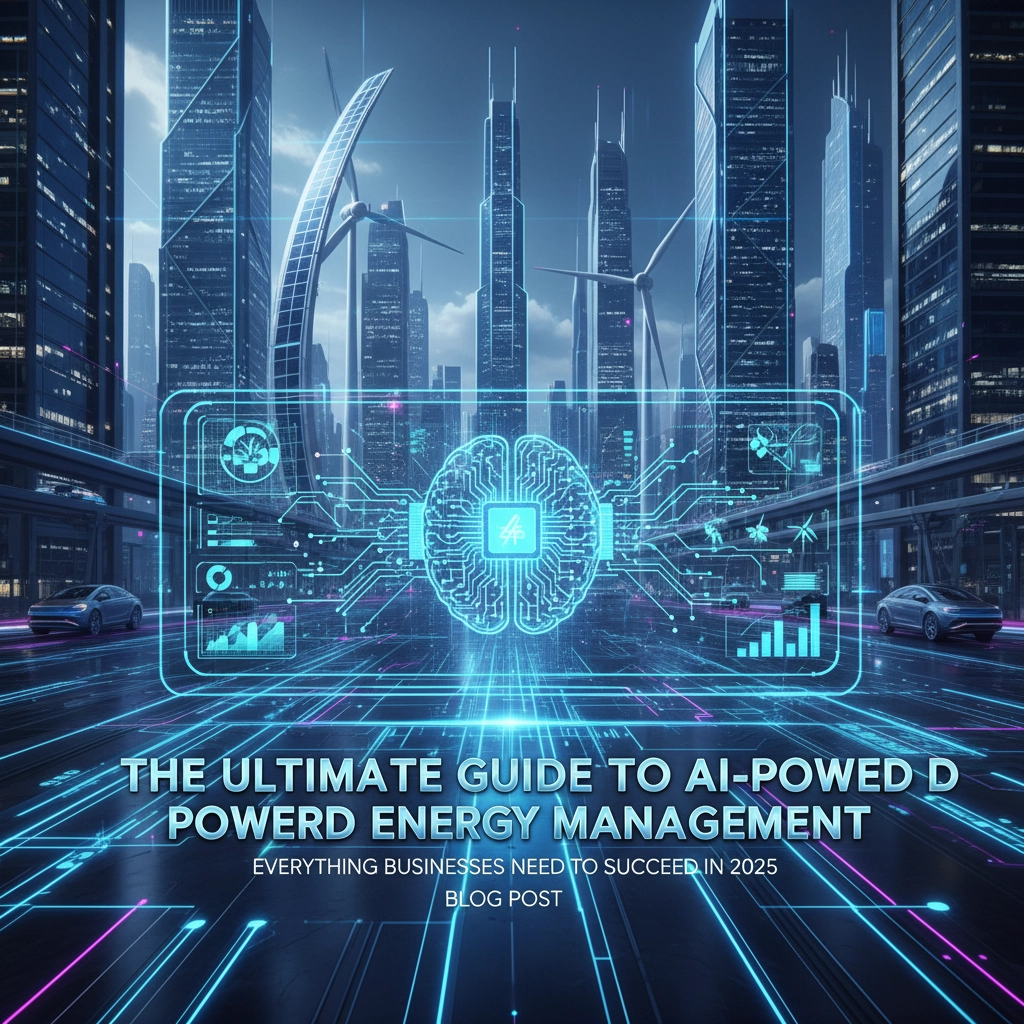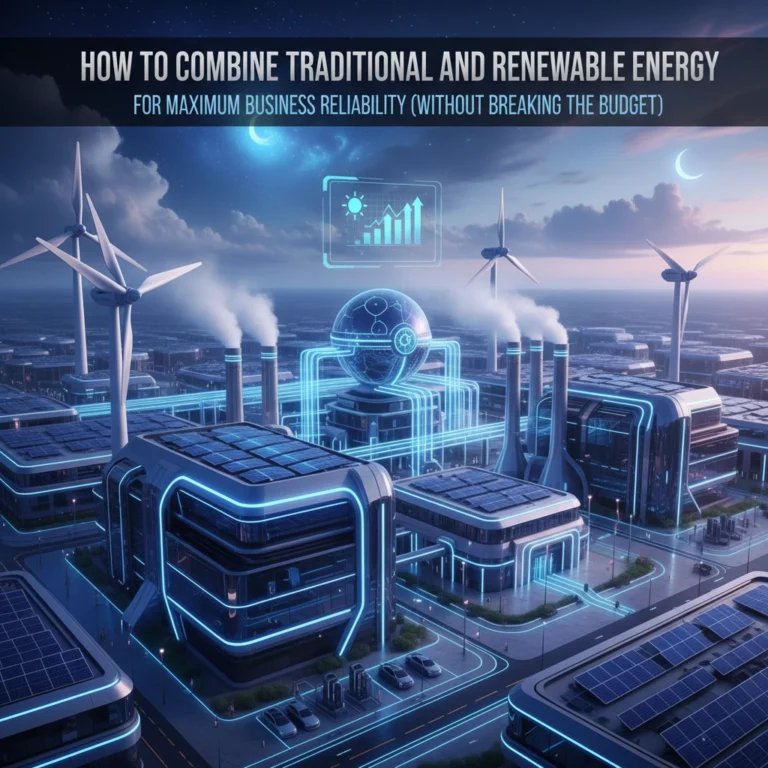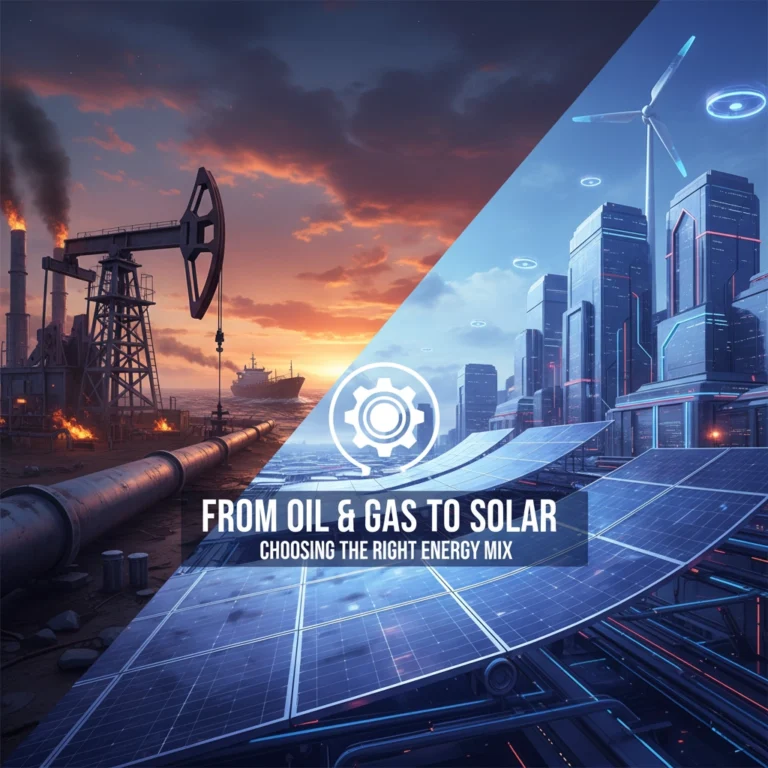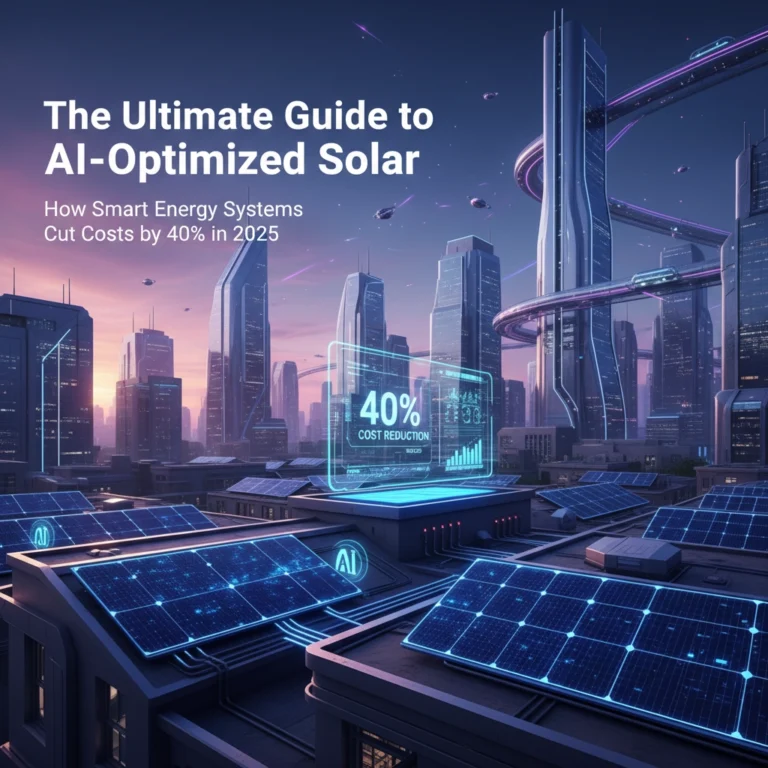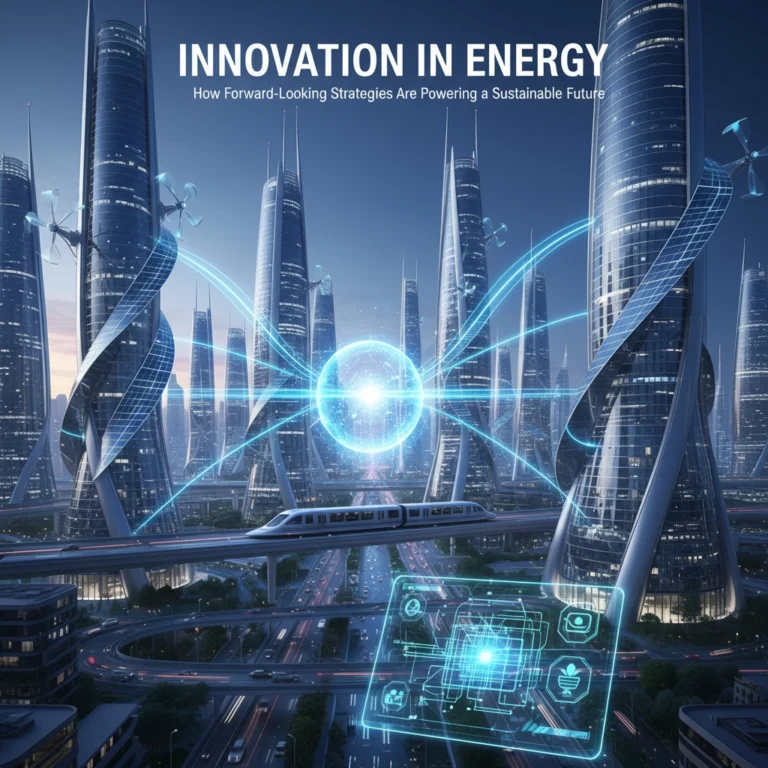The Ultimate Guide to AI-Powered Energy Management: Everything Businesses Need to Succeed in 2025
Let's be real – energy costs are eating into your bottom line, and traditional energy management feels like trying to steer a ship with a broken compass. But here's the good news: AI-powered energy management is changing the game, and 2025 is the perfect time to jump in.
Think of AI energy management as having a brilliant energy consultant who never sleeps, constantly monitors every aspect of your energy consumption, and makes split-second decisions to optimize your costs. It's not science fiction anymore – it's happening right now, and businesses are seeing incredible results.
What Makes AI Energy Management So Powerful?
AI energy management goes way beyond simple monitoring. It's like upgrading from a basic calculator to a supercomputer. These systems combine machine learning, predictive analytics, and real-time automation to create a comprehensive energy strategy that adapts to your business needs 24/7.
The magic happens through data-driven decision making. Your AI system analyzes massive amounts of information from smart meters, sensors, and IoT devices to spot patterns you'd never notice manually. It's tracking everything – from how your HVAC system responds to weather changes to when your production equipment uses the most power.
Predictive analytics is where things get really exciting. Instead of reacting to energy spikes after they happen, AI forecasts your energy demand with remarkable accuracy. This means you can make strategic procurement decisions, avoid peak pricing, and even participate in energy trading markets when conditions are favorable.

The Business Benefits That Actually Matter
Let's talk numbers because that's what counts. Businesses implementing AI energy management are seeing cost reductions of 15-25% on average. But the benefits go far beyond just cutting your electricity bill.
Immediate Cost Savings come from eliminating energy waste and optimizing consumption patterns. Your AI system automatically adjusts lighting, HVAC, and equipment based on actual usage patterns, not guesswork. No more heating empty buildings or running equipment at full capacity when demand is low.
Revenue Enhancement might surprise you. Advanced AI systems can actually help you make money through intelligent energy trading and demand response programs. When energy prices drop, your system might automatically increase production or charge storage systems. When prices spike, it can sell excess power back to the grid.
Sustainability Impact is huge, especially as ESG reporting becomes mandatory. AI helps reduce your Scope 1 and 2 greenhouse gas emissions substantially while maximizing your use of renewable energy sources. It's not just good for the planet – it's good for your brand and regulatory compliance.
Real-World Applications You Can Implement Today
Smart Building Operations
Your buildings are probably your biggest energy consumers, so this is where AI shines brightest. Modern systems learn your occupancy patterns and automatically adjust everything from temperature to lighting. No more cooling conference rooms that won't be used until next week or keeping lights on in empty offices.
The system gets smarter over time, learning that the marketing team always comes in early on Mondays or that the warehouse needs extra cooling during peak production hours. It's like having a building manager who knows every detail about how your space is used.
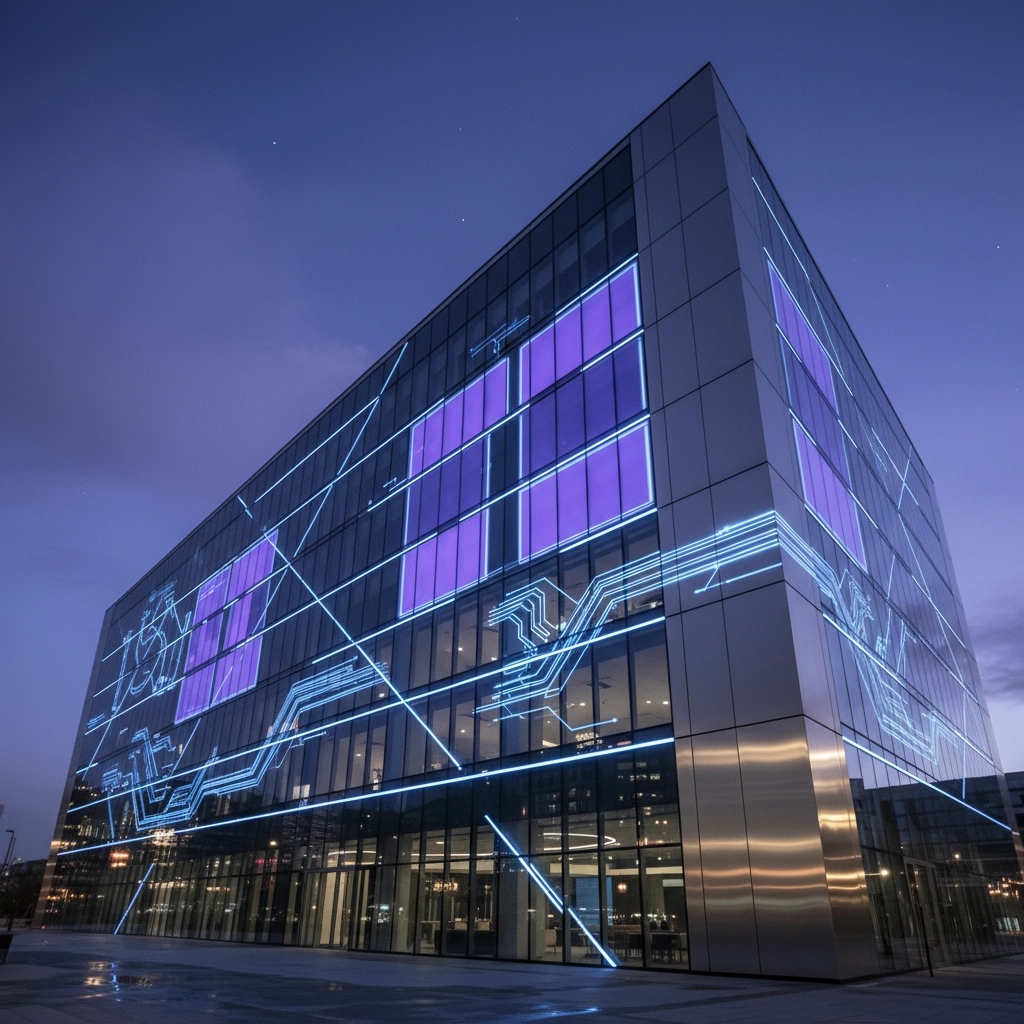
Predictive Maintenance for Energy Efficiency
Here's something most people miss – equipment that's about to fail uses way more energy. AI systems can predict when your HVAC, motors, or production equipment is starting to degrade, often weeks before traditional monitoring would catch it.
This predictive capability means you can schedule maintenance during planned downtime instead of dealing with emergency breakdowns that cost 3-5x more. Plus, well-maintained equipment runs more efficiently, creating a double win for your energy costs.
Demand Response and Load Balancing
If you're in manufacturing or have significant energy loads, demand response programs can be goldmines. AI systems can automatically reduce non-critical loads during peak pricing periods or when the grid is stressed. Some companies are earning thousands monthly just by letting their AI systems participate in these programs.
The beauty is that it happens automatically. Your AI knows which processes can be delayed, which equipment can run at reduced capacity, and how to maintain production schedules while minimizing energy costs.
Getting Started: Your Implementation Roadmap
Phase 1: Assessment and Data Collection
Before you can optimize, you need to understand your current energy usage patterns. Start by installing smart meters and sensors on your major energy consumers. Don't try to monitor everything at once – focus on the biggest opportunities first.
Most businesses are surprised by what they discover. That server room might be using twice as much energy as expected, or your production line might have efficiency opportunities you never noticed.

Phase 2: Platform Selection
Choose an AI energy management platform that can scale with your business. Look for systems that offer real-time monitoring, predictive analytics, and automated controls. The best platforms can be deployed in days and scale across multiple facilities in weeks.
Integration capabilities are crucial. Your AI system needs to work with existing building management systems, production equipment, and financial systems. Don't get stuck with a solution that creates information silos.
Phase 3: Training and Culture Change
This is where many implementations fail. Your team needs to understand how to work with AI insights, not just rely on them blindly. Invest in training that helps your facilities managers, operations teams, and executives understand what the AI is telling them and how to act on those insights.
Advanced Features That Are Game-Changers
Generative AI Integration
The latest platforms include chat interfaces where you can ask questions in plain English: "Why did our energy costs spike last Tuesday?" or "What would happen to our costs if we added a second production shift?" The AI provides detailed explanations and recommendations instantly.
This democratizes access to energy insights across your organization. Your CFO can get quick answers about energy forecasts, while your facilities manager can dive deep into equipment performance data.
Virtual Power Plant Capabilities
For larger organizations, AI can aggregate your distributed energy resources – solar panels, battery storage, backup generators – into a virtual power plant. This creates new revenue opportunities while improving your energy resilience and reducing costs.

What's Coming in 2025 and Beyond
The AI energy management space is evolving rapidly. We're seeing integration with electric vehicle fleets, advanced weather forecasting for renewable energy optimization, and even blockchain-based peer-to-peer energy trading.
Sector coupling is a big trend – AI systems that manage not just electricity but also heating, cooling, and transportation energy as integrated systems. This holistic approach can unlock 20-30% additional savings compared to managing each energy type separately.
Grid integration is becoming more sophisticated. Your AI system won't just optimize for your costs – it'll participate in grid stability programs, automatically shifting loads to support renewable energy integration and earning incentives for grid services.
Making the Business Case
ROI on AI energy management systems typically pays back within 18-24 months, but the benefits compound over time. As the system learns more about your operations, it becomes more effective. As energy markets become more complex and volatile, having AI management becomes a competitive necessity, not just an advantage.
The risk of not implementing is growing. Energy costs are becoming more volatile, regulatory requirements are tightening, and customers increasingly expect sustainability leadership. AI energy management addresses all these challenges while reducing costs.
Your next step? Start with a pilot program on your largest facility or highest energy-consuming process. The data and insights you gain will make the business case for broader implementation obvious.
Ready to transform your energy management? Explore our AI-powered solutions and discover how leading businesses are already succeeding with intelligent energy management in 2025.

